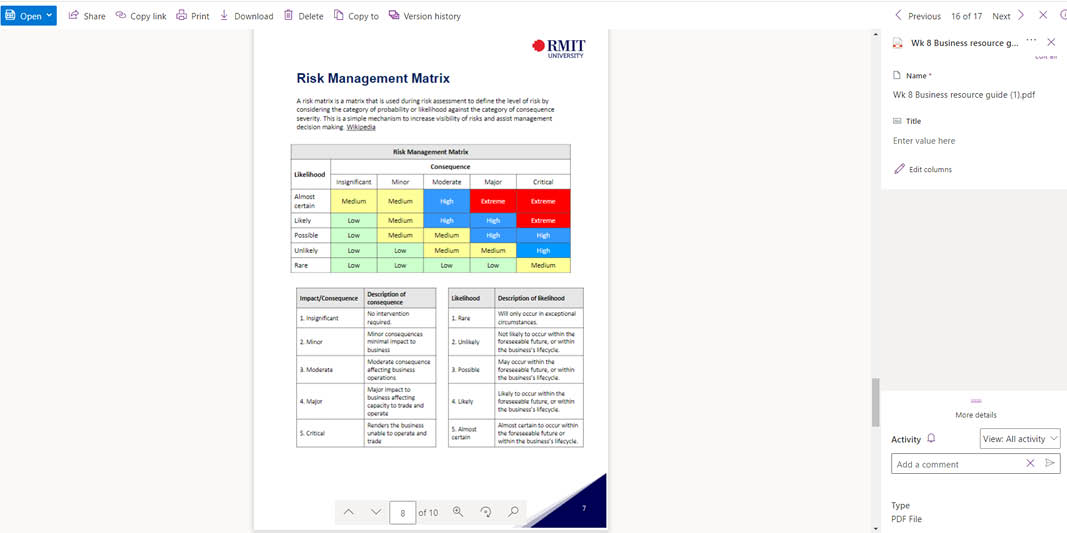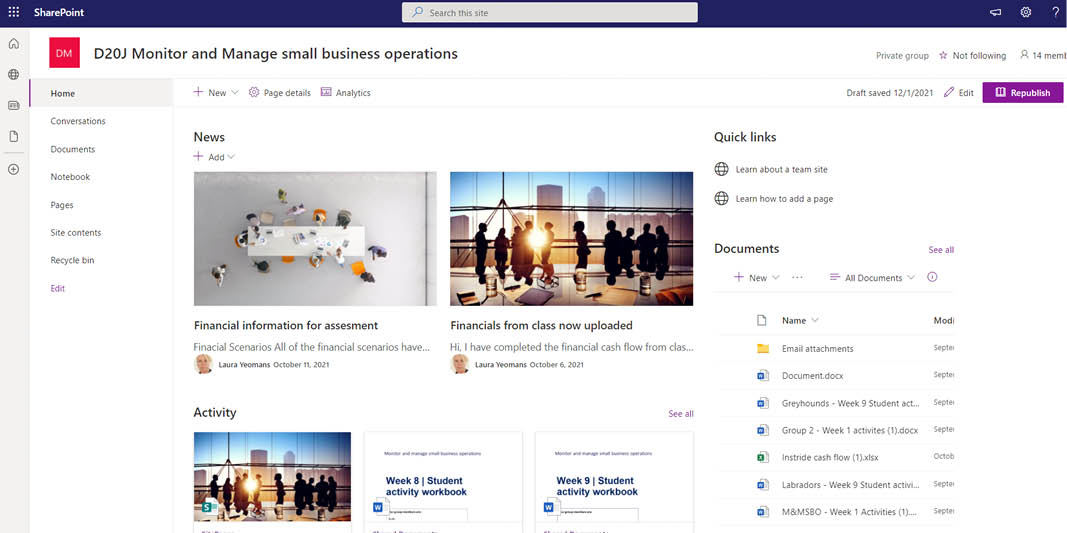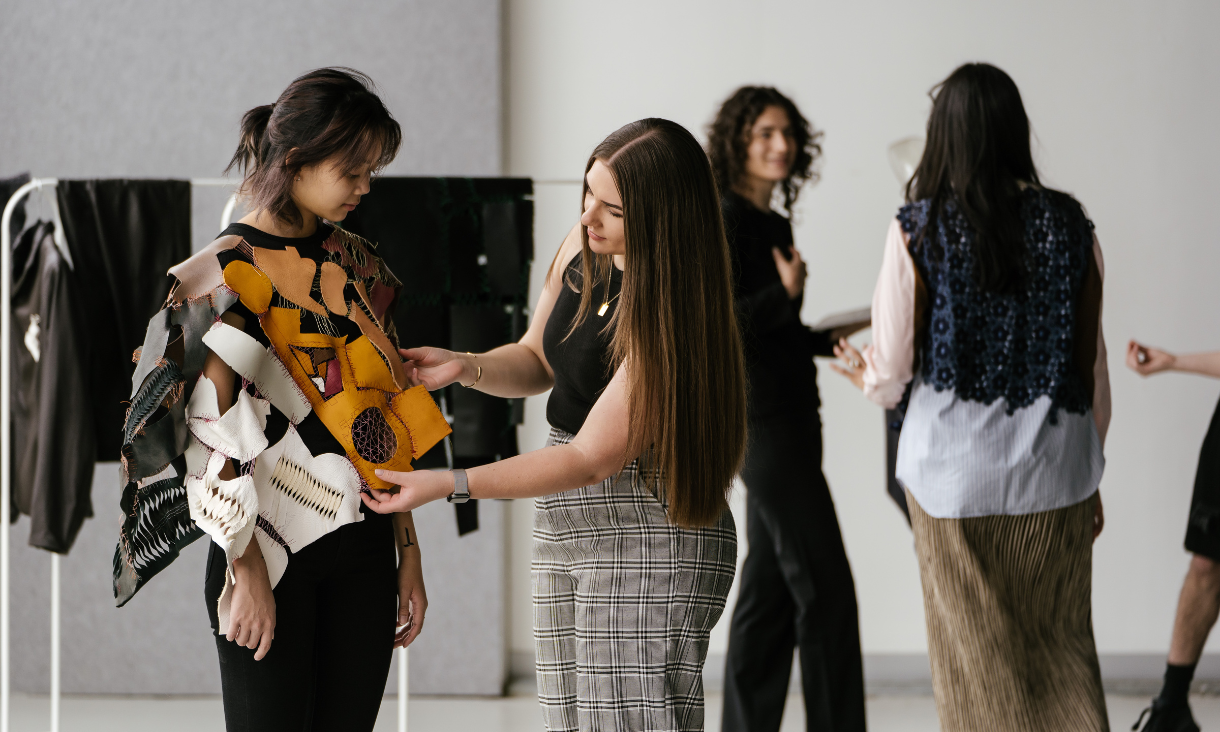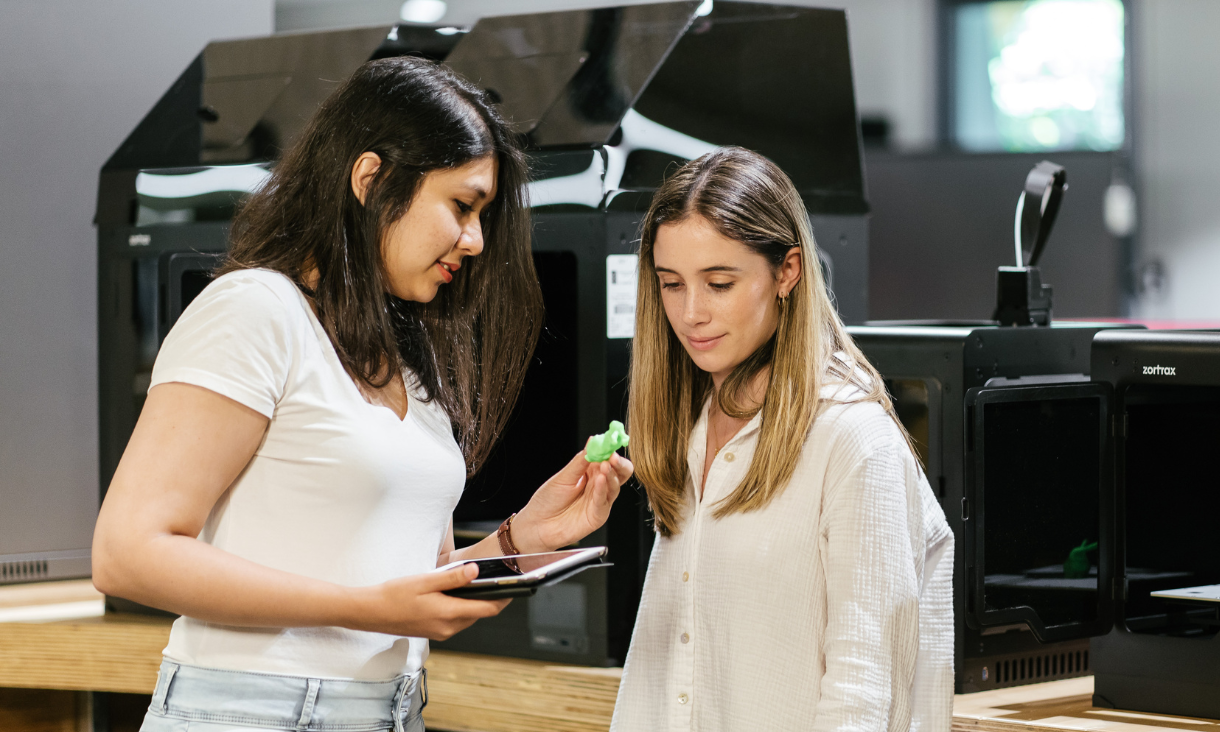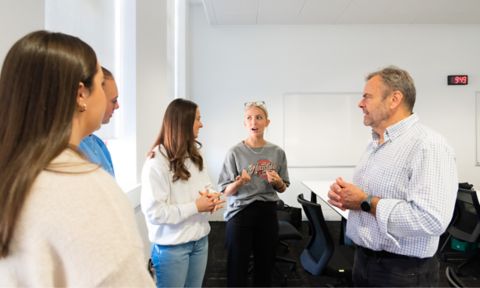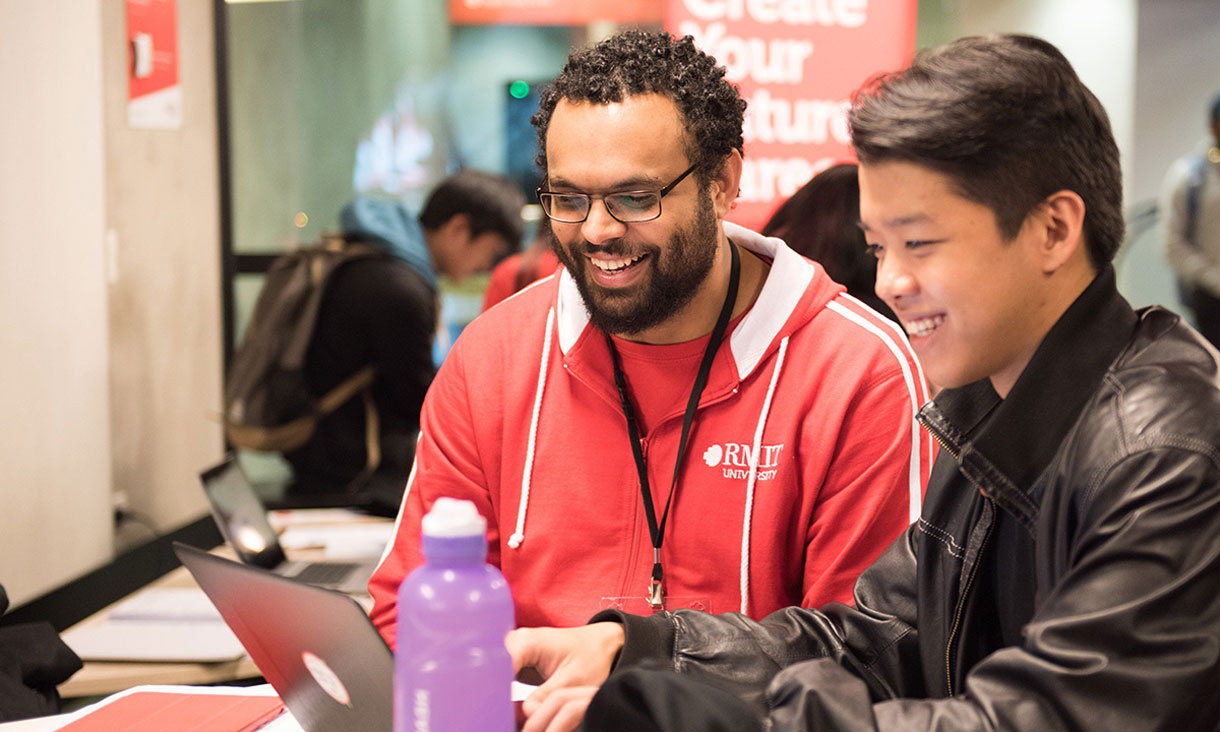For Laura, this approach was a more valuable way for students to engage with learning materials. It aims to strengthen students’ ability to learn on their own and means in-class time can be devoted to expanding on students’ understanding of core content.
Contextualising the content
Finding ways to contexualise course content helps bridge the gap between the theoretical and the practical. For Laura, this was achieved by incorporating a fictional student and their journey working in a fictional remedial massage clinic into the course. The student’s journey served as continuous case study throughout each week of the course and experienced many of the real-life circumstances remedial massage therapists would face working in a small business.
Laura explained that the intention behind this was making it real for students, provided a jump off point for in-class discussions and provided an unique way to give feedback to students by directing them back to specific parts of the fictional student journey.
Incorporating WIL in the classroom
Using SharePoint as the main point of communication was a way for Laura to incorporate work integrated learning in the classroom setting. Laura really wanted to take students out of the artificial learning environment of Canvas and into a more “realistic real-world setting of communicating via SharePoint” – one of the business systems used in industry including at the RMIT clinic.
Using SharePoint as the main learning platform meant that students got a real-life experience of communicating while running a business. Laura often used the platform to communicate with students as if she were the manager of a clinic.
“It was a great way of them to step out of the casualness of tools like Facebook, Instagram and WhatsApp and step into what it’s like in a real business. This is how we behave. This is the language we use.”
While Canvas was still used to host study materials, SharePoint was where Laura encouraged students to do all their collaborating. Students were able to use SharePoint like a discussion board to post about work that happened in class, share ideas, research and sources with the rest of the cohort.
“It was a great way to create conversation. The engagement among students was huge,” said Laura. “That’s really what we were aiming for.”

